Adjustment-free appointments are actually possible and can be routine. Delivering veneers, inlays, onlays, crowns, bridges and partial dentures with very little or no proximal and occlusal adjustment can be common when a laboratory adheres to a strict protocol of die handling and die spacing, and has a firm understanding of cusp to fossa occlusion and anterior guidance.
The laboratory must also possess a strong understanding of how to properly equilibrate correctly mounted stone models and understand solid model verification.
Basic cusp to fossa occlusion occurs when cusp inclines on posterior teeth do not touch other posterior inclines. Cusp tips must hit static stops in central fossa.
In laboratory model equilibration there is nothing more than the removal of all incline interferences and allowing cusp tips to occlude at 90-degree angles to opposing marginal ridges and central fossa. Anterior guidance should allow complete freedom from maximum intercuspation, immediately with lateral guidance on the canines. This will not activate the elevator muscles, therefore de-creasing any chances of TMD.
Equilibrating mounted casts is crucial to achieving adjustment-free delivery appointments. Less than 1 percent of technicians understand why we need to, much less, how to perform this task. Because of this, the following are common techniques used to try to achieve adjustment-free cementation appointments:
- Placing metal foil under the working die to create a space. If too much foil is used, the crown may be shy of occlusal contact. When that tooth does erupt into occlusion, it may work into an incline interference, creating an avoidance pattern for the mandible.
- Pushing die up so crown appears out of occlusion on the model. After all, dentists do not want to adjust occlusion, so just leave it out of contact altogether.
The flaw with both of these techniques is there is no way to gauge how much to leave the crown out of occlusion so it is correct in the mouth.
These techniques can never be exactly correct, and they both create problems for proximal contacts because they raise the proximal contact up, which makes the proximal contact shy at the delivery appointment.
This also creates an unstable situation because that tooth can now drift either mesially or distally, creating possible occlusal interferences.
The only way to have predictable, adjustment-free delivery appointments is to correctly equilibrate the accurately mounted working casts. This will take a trained technician approximately five to six minutes per case.
This technique should be used for all restorations whether Emax, Empress, LAVA, Cristobal+, BelleGlass, Implants, PFM, etc.
It can also be used on all partial denture cases. Anything involving natural teeth, from full-arch impressions or double bite trays — this technique should be employed, always!
An example of model equilibration for a #30
Centric equilibration
1) Opposing model and working models are both poured in liquid/powder ratio measured die stone. (Crucial!)
2) After mounting accurately, verify the mounting. Bite should not be taken with base plate wax but with a polyvinyl bite material that can be trimmed to allow only cusp tip show through. Use double-sided, Exacta-film red/black of 19-micron thickness, use black for centric, tap models together. Notice not all teeth are in contact.
3) Initial incline contacts should be removed. Do not ever re-move cusp tips. Remove only inclines, as would be done for intraoral equilibration.
3a) A black dot stable holding contact should be found in the fossa of adjacent teeth; #31 and #29 in this example.
3b) There should be no contacts found on inclines, only on cusp tips and fossa. These holding contacts are found on all teeth. You can now proceed to the anterior guidance equilibration pro-cess.
Lateral equilibration
4) There should be no change in vertical dimension of the equilibrated models in centric because this replicates a “power clinch” of all teeth. (Periodontal ligaments are fully depressed.)
4a) With the red side of Exacta-film, move models laterally and remove all red marks except those on canines, without remov-ing black holding contacts on posterior teeth. The goal is to have black dots on all posterior teeth and red marks on the anterior teeth.
4b) At Williams Dental Laboratory, we go one step further to absolutely ensure no posterior interferences. We know all healthy teeth intrude into their periodontal ligament and move laterally. In this example, imagine the canine will move laterally 56 to 75 microns in a clinching lateral force.
4c) We safely remove approximately 5 degrees off of canine disclusion to further “shallow” the guidance to ensure no posterior interferences. Posterior interferences must then be rechecked. Remember: the key is that lateral equilibration will not change the vertical dimension, only shallow the disclusion, further ensuring no posterior interferences.
Now, and not until now, are the models ready to be utilized as an accurate portrayal of the mouth.
This system, along with the use of a solid proximal contact model and soft-tissue model, should be employed on all cases in the laboratory regardless of material choice.
About the author
Bob Clark, CDT, LVIM, is the first and only lab technician in the world to receive mastership status with LVI. He is co-owner of Williams Dental Laboratory, a small family-operated, full-service lab located in Gilroy, Calif. He and his team have been working and training with LVI dentists for many years. Clark may be reached at (800) 713-5390 or bob@williamsdentallab.com.
The mouth is a harsh environment to work in. Teeth are small and aligned next to one another in a dark, wet environment. The gum tissue, cheeks and tongue ...
PHOENIX, Ariz., USA: For the first time in the Academy of Osseointegration’s 28-year history, the AO Annual Meeting will be held in downtown Phoenix, ...
In today’s connected world, your future patients depend on the Internet to manage almost every aspect of their lives. However, the tremendous ...
Clear aligner treatment has evolved beyond simply straightening teeth. Today’s patients want comfort, convenience and confidence that their results will ...
NEW YORK, N.Y., USA: In an interview, Terrence J. Griffin, DMD, president of the American Academy of Periodontology, discusses new developments in ...
Four individuals were honored for achieving fellowship status in the Academy of Osseointegration (AO) during the group’s 2017 annual meeting in ...
NEW YORK CITY: If you are coming to the Greater New York Dental Meeting, keep in mind that there is always plenty to see and do in the Big Apple. It ...
ENGLEWOOD, N.J., USA: DMG America, a manufacturer and distributor of restorative materials and prevention products, has announced the promotions and ...
Let’s face it — people are busy. The average person’s schedule is so flooded with the ‘do this and that’ of life that many ...
NEW YORK, USA/LEIPZIG, Germany: Pregnant women with gum disease may undergo non-surgical periodontal treatment without fear of consequences for their ...
Live webinar
Wed. 14 January 2026
12:00 PM EST (New York)
Dr. Théo Laplane, Dr. Robert Gottlander DDS
Live webinar
Fri. 16 January 2026
12:00 PM EST (New York)
Live webinar
Mon. 19 January 2026
1:00 PM EST (New York)
Philipp Kopp, Michael Seeber
Live webinar
Thu. 22 January 2026
9:00 AM EST (New York)
Prof. Judith Jones D.D.S; M.P.H., Prof. Kakuhiro Fukai D.D.S., Ph.D, Dr. Bathsheba (Bethy) Turton
Live webinar
Thu. 22 January 2026
2:00 PM EST (New York)
Dr. Nicola M. Grande DDS, PhD
Live webinar
Wed. 28 January 2026
8:00 AM EST (New York)
Live webinar
Wed. 28 January 2026
11:00 AM EST (New York)
Prof. Dr. Jan-Frederik Güth



 Austria / Österreich
Austria / Österreich
 Bosnia and Herzegovina / Босна и Херцеговина
Bosnia and Herzegovina / Босна и Херцеговина
 Bulgaria / България
Bulgaria / България
 Croatia / Hrvatska
Croatia / Hrvatska
 Czech Republic & Slovakia / Česká republika & Slovensko
Czech Republic & Slovakia / Česká republika & Slovensko
 France / France
France / France
 Germany / Deutschland
Germany / Deutschland
 Greece / ΕΛΛΑΔΑ
Greece / ΕΛΛΑΔΑ
 Hungary / Hungary
Hungary / Hungary
 Italy / Italia
Italy / Italia
 Netherlands / Nederland
Netherlands / Nederland
 Nordic / Nordic
Nordic / Nordic
 Poland / Polska
Poland / Polska
 Portugal / Portugal
Portugal / Portugal
 Romania & Moldova / România & Moldova
Romania & Moldova / România & Moldova
 Slovenia / Slovenija
Slovenia / Slovenija
 Serbia & Montenegro / Србија и Црна Гора
Serbia & Montenegro / Србија и Црна Гора
 Spain / España
Spain / España
 Switzerland / Schweiz
Switzerland / Schweiz
 Turkey / Türkiye
Turkey / Türkiye
 UK & Ireland / UK & Ireland
UK & Ireland / UK & Ireland
 International / International
International / International
 Brazil / Brasil
Brazil / Brasil
 Canada / Canada
Canada / Canada
 Latin America / Latinoamérica
Latin America / Latinoamérica
 China / 中国
China / 中国
 India / भारत गणराज्य
India / भारत गणराज्य
 Pakistan / Pākistān
Pakistan / Pākistān
 Vietnam / Việt Nam
Vietnam / Việt Nam
 ASEAN / ASEAN
ASEAN / ASEAN
 Israel / מְדִינַת יִשְׂרָאֵל
Israel / מְדִינַת יִשְׂרָאֵל
 Algeria, Morocco & Tunisia / الجزائر والمغرب وتونس
Algeria, Morocco & Tunisia / الجزائر والمغرب وتونس
 Middle East / Middle East
Middle East / Middle East

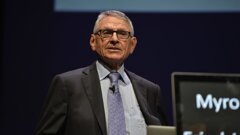
































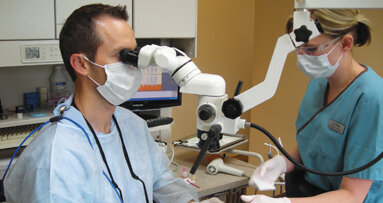
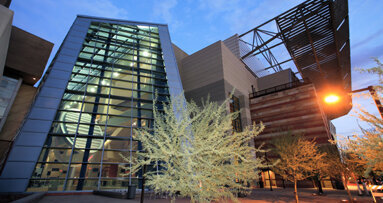

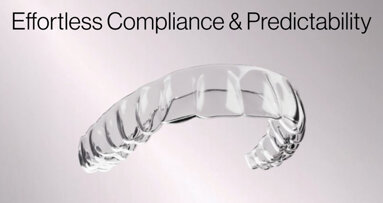
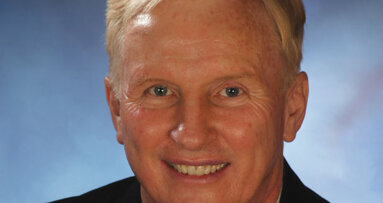
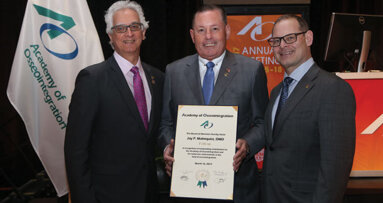
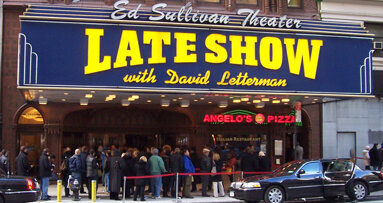
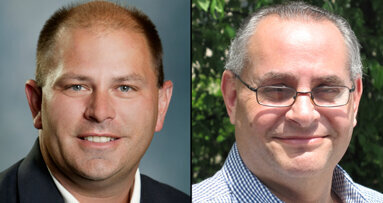



















To post a reply please login or register